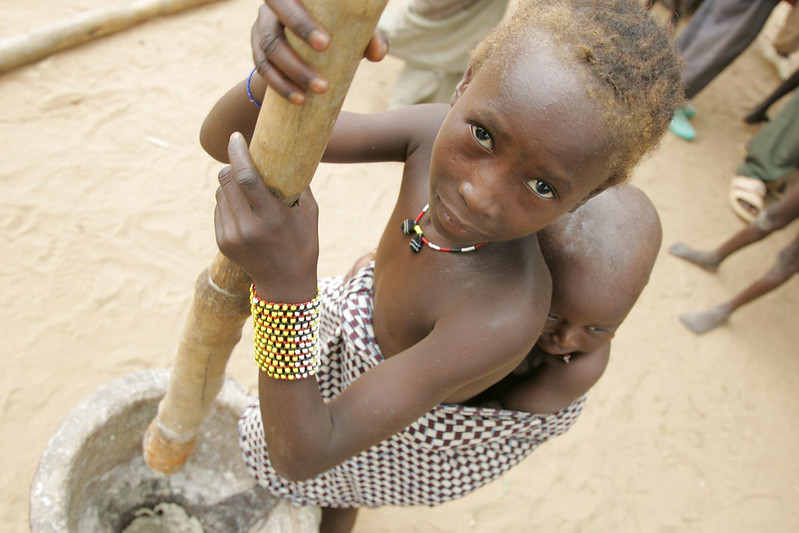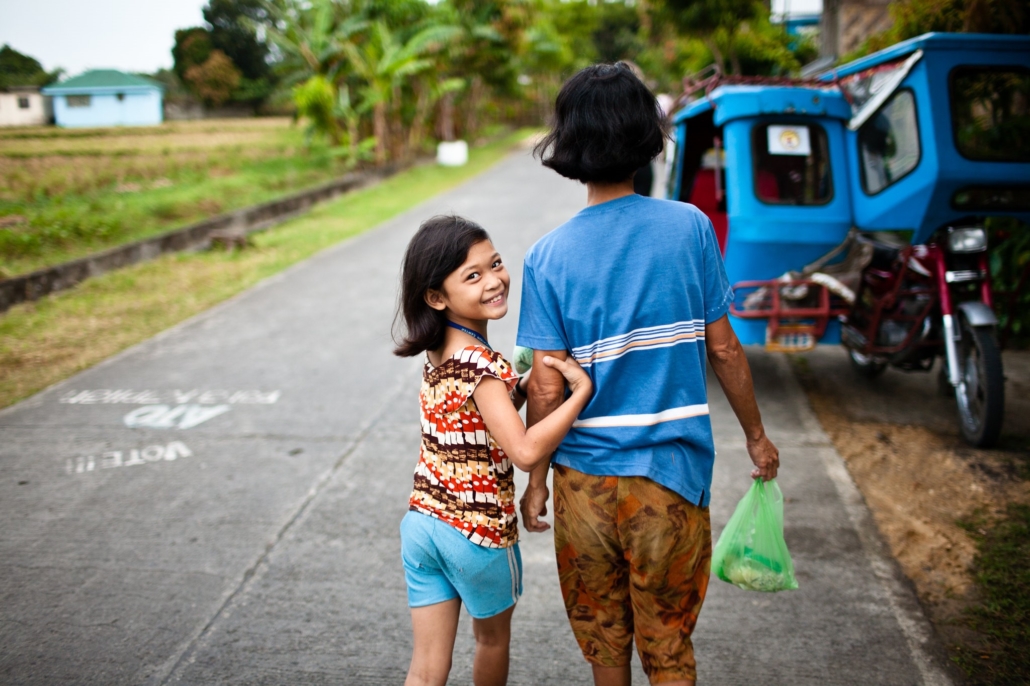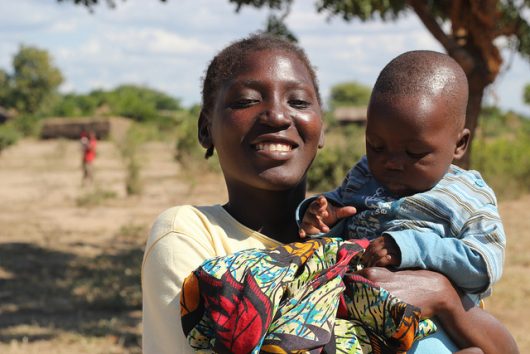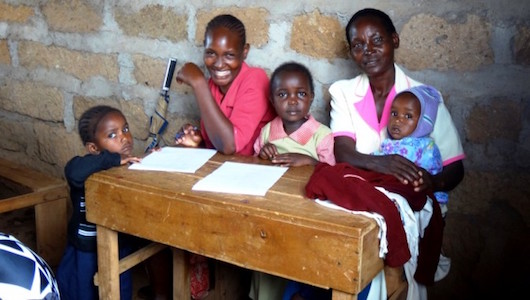 In the fight for global gender equality, the Bill & Melinda Gates Foundation is leading the way. According to the Peace Corps, gender equality means that “men and women have equal power and equal opportunities for financial independence, education and personal development” and is a crucial issue worldwide. Recently, the Gates Foundation made a significant donation to help support global gender equality efforts. This is not the only action the organization has taken to express its passion for establishing gender equality. The Gates Foundation’s efforts, with support from other organizations, will make great strides in the fight for global gender equality.
In the fight for global gender equality, the Bill & Melinda Gates Foundation is leading the way. According to the Peace Corps, gender equality means that “men and women have equal power and equal opportunities for financial independence, education and personal development” and is a crucial issue worldwide. Recently, the Gates Foundation made a significant donation to help support global gender equality efforts. This is not the only action the organization has taken to express its passion for establishing gender equality. The Gates Foundation’s efforts, with support from other organizations, will make great strides in the fight for global gender equality.
A Generous Donation
At the 2021 Generation Equality Forum, the Gates Foundation announced it would donate more than $2 billion to help improve gender equality worldwide. Over the next five years, the foundation plans to use the money to advance gender equality in three main areas: economic support, family planning and placing women in leadership roles. The Gates Foundation’s goal behind this decision is to specifically focus on gender-related issues that have worsened due to the COVID-19 pandemic. For example, the International Labor Organization found that unemployment for women increased by nine million from 2019 to 2020. Since the foundation has dedicated itself to supporting gender equality for many years, this monetary commitment will accelerate its progress.
Actions From the Foundation
Besides its billion-dollar donation, the Gates Foundation has been dedicating its work to create solutions for the lack of women’s equality for many years. In addition to several other million-dollar donations, in 2020, the foundation formally established the Gender Equality Division to prioritize its commitment to improving the lives of women and girls. From family health to economic empowerment, the foundation is working on expanding access to a variety of social, medical and educational services. This includes analyzing factors that help or hinder women and advising international governments on how to better support gender equality.
Solutions From Other Organizations
Aside from the Gates Foundation’s various efforts, other projects can improve circumstances relevant to global gender equality. One vital step to this process is looking at data from around the world. Data2X created a campaign that draws attention to issues associated with gender and proposes possible improvements. Similarly, another organization, Equality Now, uses legal and systemic advocacy to help improve global gender equality. Furthermore, after donating more than $400 million, the Ford Foundation has also committed to helping fix various gender-related issues. These issues include inequality in the economy and workforce.
The Gates Foundation’s donation of more than $2 billion is one significant step in eliminating global gender inequality. With initiatives worldwide, women and girls are gaining the equality and respect they should have always had. In addition, the Gates Foundation is supported by Data2X, Equality Now and the Ford Foundation. Together, people everywhere are working to understand and improve global gender equality.
– Chloe Moody
Photo: Wikimedia








